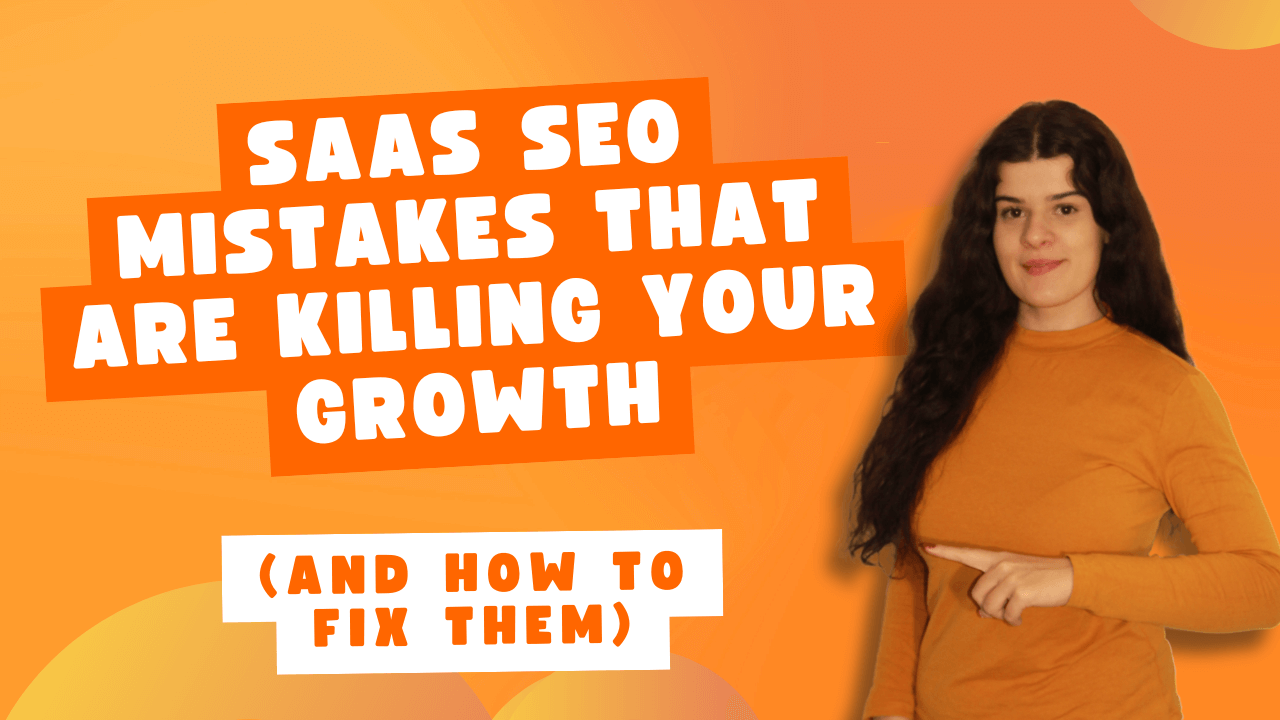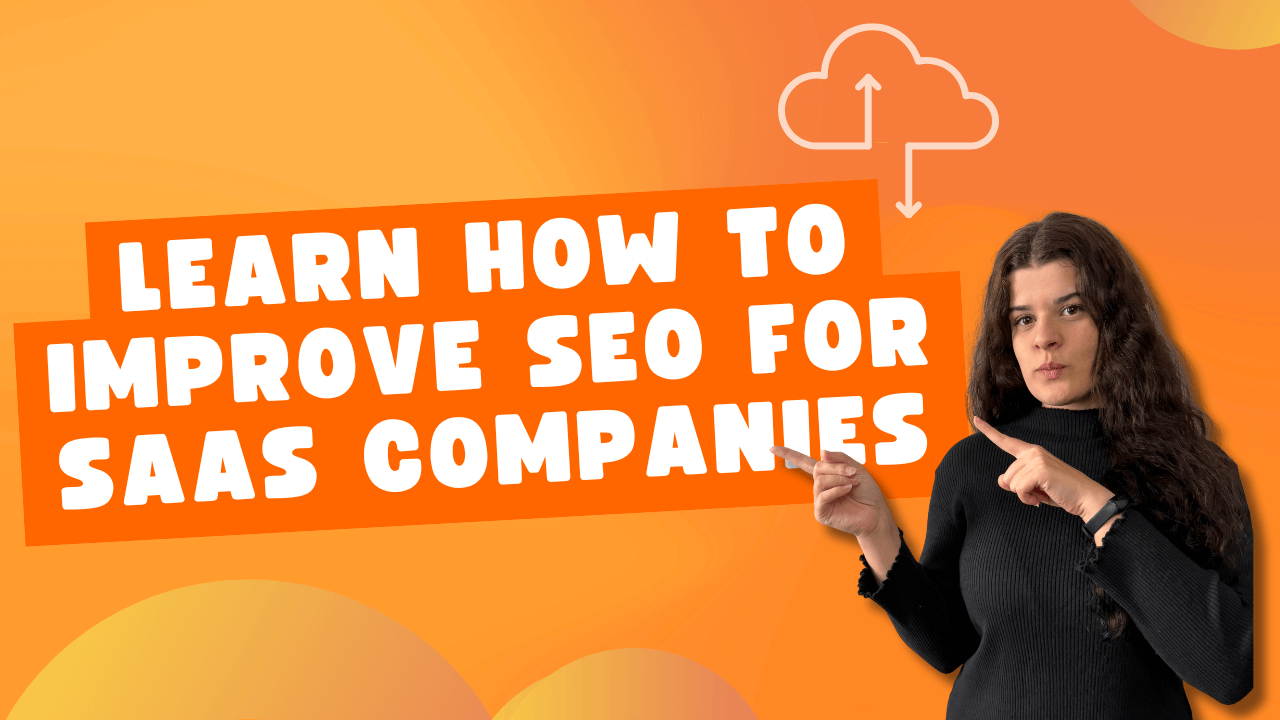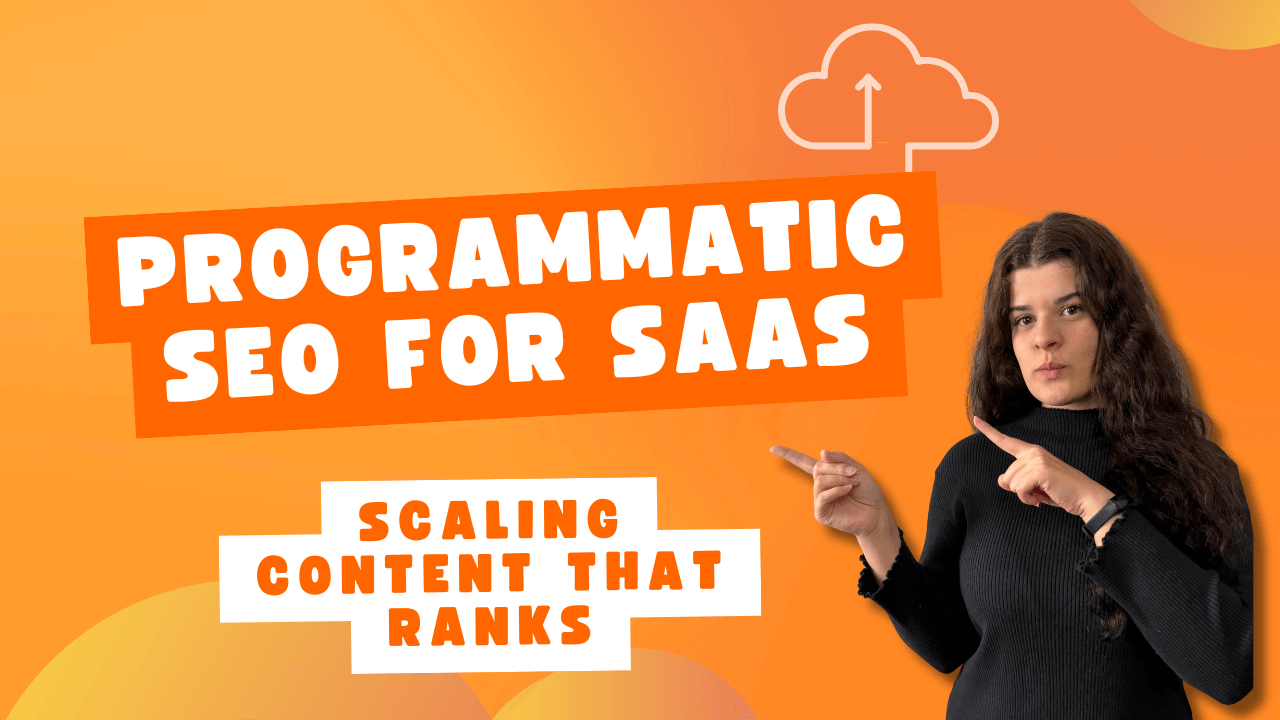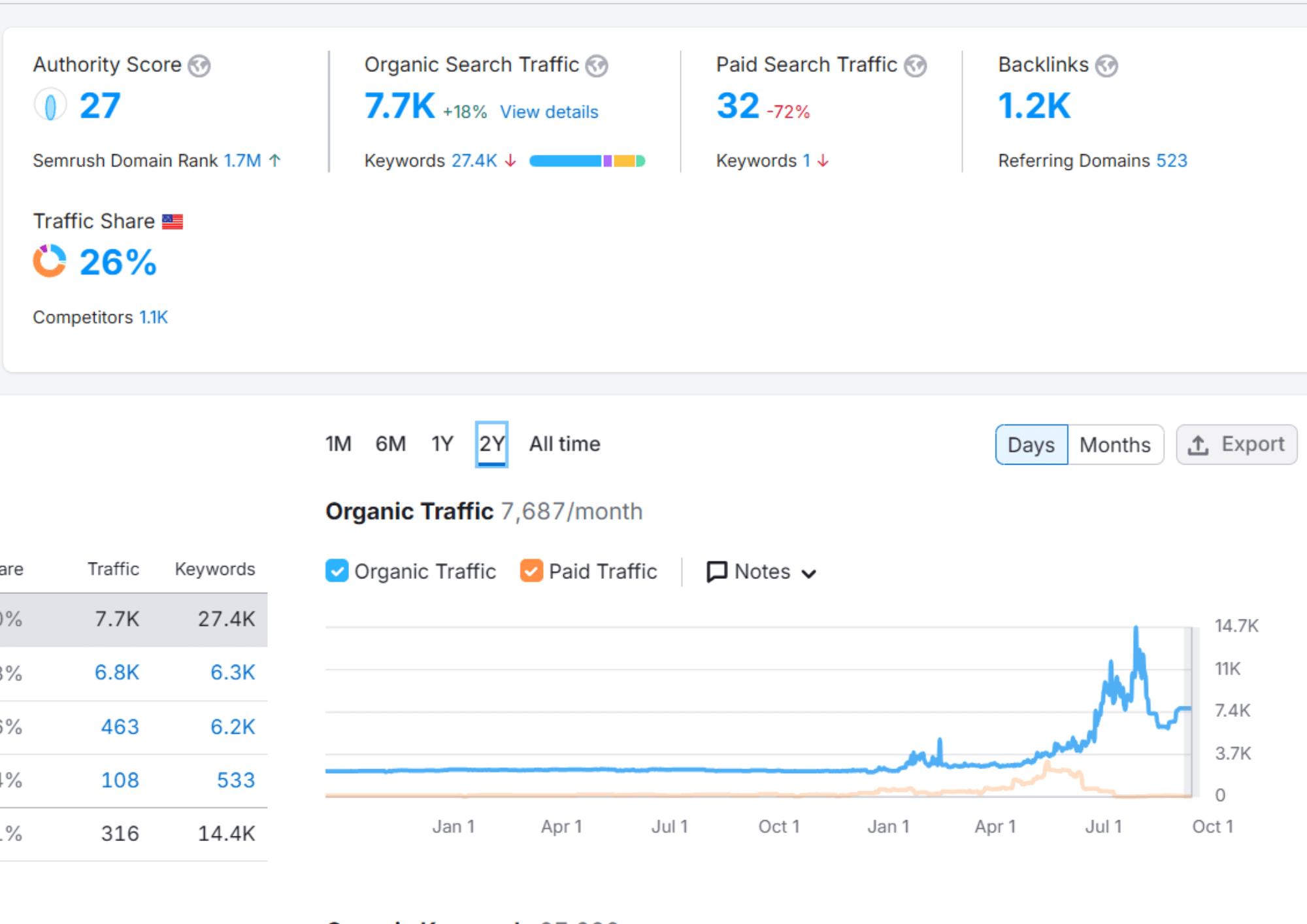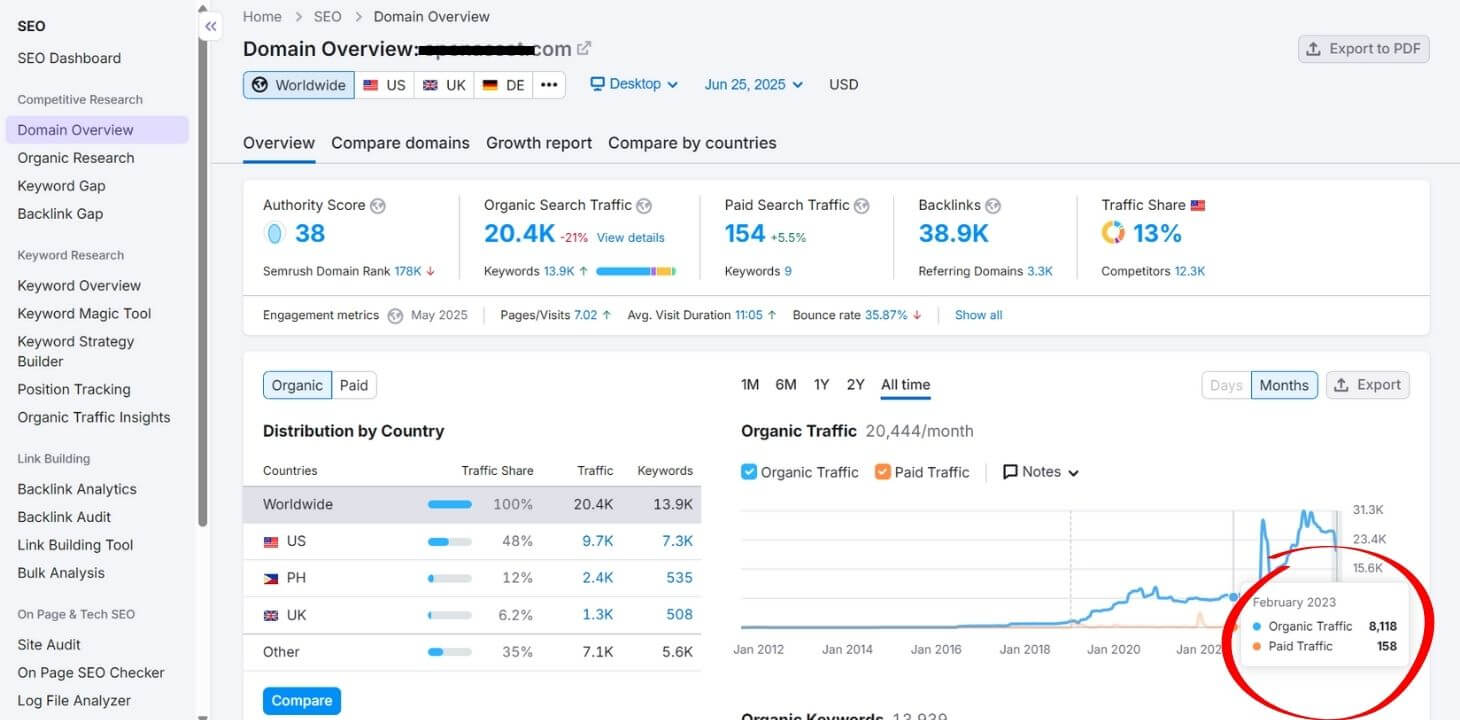Last month, I audited a promising project management SaaS that was burning through $50K monthly on paid ads while their organic traffic sat at a measly 2,000 visits per month. Their competitor, with a arguably inferior product, was pulling in 150,000 monthly organic visitors and had a customer acquisition cost 70% lower.
What made the difference?
They were avoiding the critical SaaS SEO mistakes that were silently destroying their competitor’s growth potential.
In 2025, where over 31,000 software companies are fighting for attention, making SEO mistakes is about watching competitors steal your market share while you struggle with expensive acquisition channels.
That’s why I will walk you through the 12 most damaging SaaS SEO mistakes I’ve encountered in my years of helping software companies scale their organic growth. More importantly, I’ll show you exactly how to fix each one, often with immediate results.
Why SaaS SEO Mistakes Are So Costly in 2025
Before I tell you about the specific SaaS SEO mistakes, let’s understand why getting SEO wrong is particularly devastating for SaaS companies:
The SaaS Customer Journey:
- 67% of B2B buyers conduct research independently before engaging with sales
- The average SaaS buyer consumes 13+ pieces of content before making a decision
- 89% of purchase journeys begin with a search query
When your SEO strategy has fundamental flaws, you’re not just losing traffic but also you’re losing potential customers at every stage of their buying journey.
Mistake #1: Treating SaaS SEO Like Traditional Business SEO
Most SaaS companies approach SEO like they’re selling physical products or traditional services.
The Problem: Julie, a marketing director at our partnering firm told me: “We were optimizing for keywords like ‘customer service’ and wondering why our trials weren’t converting. We were attracting job seekers, not software buyers.”
Why This Happens: SaaS products have unique characteristics that require a different SEO approach:
| Traditional Business SEO | SaaS SEO Reality |
|---|---|
| Focus on local/physical presence | Global, digital-first audience |
| One-time purchase intent | Subscription/trial-based decisions |
| Product demonstrations in person | Self-service evaluation process |
| Immediate purchase decisions | Extended evaluation periods (30-90 days) |
| Simple buyer personas | Complex buying committees |
The Fix: Develop a SaaS-specific keyword strategy that addresses:
- Problem-aware searches: “Why do support tickets pile up?”
- Solution-aware searches: “Best helpdesk software for small teams”
- Product-aware searches: “Zendesk alternatives under $50/month”
- User-intent searches: “How to set up automated ticket routing”
Real Example: Instead of targeting “customer service” (500K searches, low intent), focus on “customer support software for ecommerce” (8K searches, high intent, qualified traffic).
Mistake #2: Ignoring the Product-Led Growth SEO Opportunity
Most SaaS companies miss their biggest SEO goldmine: their actual product experience.
The Scenario: I once worked with a design tool SaaS that had 50,000 active users creating millions of designs monthly. Their SEO strategy is a generic blog posts about “design tips”. Meanwhile, their product was generating zero SEO value.
The Product-Led SEO Approach:
Let’s have a look at a practical example of how a SaaS company can create SEO-optimized landing pages from their actual product features. Specifically, it demonstrates:
- How to structure titles and headings for SEO
- A template gallery system where each user-generated template becomes its own landing page

Implementation Strategy:
- Template/Resource Pages: Every user-generated template becomes a landing page
- Use Case Studies: Real customer implementations as SEO content
- Feature-Specific Landings: Individual features get dedicated, optimized pages
- Integration Guides: How-to content for each software integration
The Results: One client increased organic traffic by 340% in 6 months by creating landing pages for their 500+ email templates, each optimized for specific use cases like “nonprofit fundraising email template.”
Mistake #3: Keyword Research That Misses SaaS Buyer Intent
The Common Mistake: Most SaaS companies either target impossibly competitive head terms or focus on informational keywords that never convert.
Expert Insight: “The biggest mistake I see is SaaS companies optimizing for what they think people should search for, not what they actually search for,” says Marcus Chen, SEO Director at a $100M ARR marketing automation platform.
The SaaS Keyword Framework:
| Intent Stage | Keyword Type | Example | SEO Priority |
|---|---|---|---|
| Problem Unaware | Educational | “email marketing tips” | Low |
| Problem Aware | Problem-focused | “low email open rates” | Medium |
| Solution Aware | Category terms | “email marketing software” | High |
| Product Aware | Comparison/Alternative | “Mailchimp vs ConvertKit” | Very High |
| Purchase Ready | Feature/pricing | “email automation pricing” | Critical |
The Research Process:
- Start with your actual customers: Survey recent signups about their search behavior
- Mine customer support tickets: What problems do they Google before contacting you?
- Analyze competitor content gaps: What searches are they missing?
- Use SaaS-specific keyword modifiers:
Primary keyword + modifiers:
- "for small business"
- "vs [competitor]"
- "pricing"
- "free trial"
- "demo"
- "review"
- "alternative"Mistake #4: Creating Content That Doesn’t Address the Buying Committee
The Reality Check: In B2B SaaS, you’re rarely selling to just one person. The average SaaS purchase involves 6.8 stakeholders, each with different concerns and search behaviors.
The Buying Committee Content Strategy:
| Role | Primary Concerns | Content Types | Keyword Focus |
|---|---|---|---|
| End User | Ease of use, features | Tutorials, demos, comparisons | “how to,” “best,” “vs” |
| Manager | Team productivity, ROI | Case studies, ROI calculators | “increase productivity,” “ROI” |
| IT/Security | Integration, compliance | Technical docs, security pages | “integration,” “SOC 2,” “API” |
| Executive | Strategic impact, cost | Business cases, industry reports | “digital transformation,” “cost savings” |
| Procurement | Pricing, contracts | Pricing pages, contract terms | “pricing,” “enterprise,” “contract” |
Content Cluster Example:
Main topic: "Project Management Software"
├── End User: "Easy project management tools for designers"
├── Manager: "Project management ROI calculator"
├── IT: "Project management software API documentation"
├── Executive: "Project management digital transformation"
└── Procurement: "Enterprise project management pricing"Pro Tip: Create content hubs that address all stakeholders for high-value topics, then interlink them strategically to guide users through the complete evaluation process.
Mistake #5: Neglecting Technical SEO for SaaS-Specific Issues
SaaS websites have unique technical challenges that most SEO audits miss.
The SaaS Technical SEO Checklist:
1. App Subdomain Issues: Most SaaS companies use app.yoursite.com for their product, creating SEO silos.

2. Dynamic Content Optimization: SaaS sites often have user-generated content that’s poorly optimized.
3. Page Speed for SaaS: SaaS sites are notoriously slow due to heavy JavaScript. Here’s a performance optimization framework:

Common Technical Issues I Find:
| Issue | Impact | Fix Priority |
|---|---|---|
| Slow loading pricing pages | High bounce rate on high-intent traffic | Critical |
| Unoptimized signup flow | Poor conversion tracking | High |
| Missing schema markup | Lower SERP visibility | Medium |
| Duplicate product descriptions | Keyword cannibalization | High |
| Poor mobile experience | 60% traffic loss | Critical |
For a complete technical audit process, check out our SaaS technical SEO guide.
Mistake #6: Content Marketing Without SaaS Attribution
The Expensive Mistake: Publishing blog content without proper tracking and attribution to revenue.
The Problem in Numbers:
- Average SaaS company publishes 4-6 blog posts monthly
- Only 23% can attribute blog traffic to closed revenue
- 67% can’t measure content ROI beyond vanity metrics
The SaaS Content Attribution Framework:
1. Set Up SaaS-Specific Tracking:

2. Content-to-Revenue Tracking:
| Metric | What It Measures | SaaS Impact |
|---|---|---|
| MQL from Content | Marketing qualified leads | Pipeline quality |
| Content-Assisted Trials | Free trials from content readers | Activation rate |
| Content-to-Customer Rate | Blog readers who become customers | Content ROI |
| Customer LTV by Source | Revenue from content-acquired customers | Long-term value |
3. The Content Scoring System:
Content Value Score = (Trials Generated × 20) + (MQLs × 10) + (Email Signups × 5) + (Social Shares × 1)Real Implementation: One client discovered their “How to” content had a 340% higher trial conversion rate than their “Best of” listicles, completely shifting their content strategy and increasing MQLs by 89%.
Mistake #7: Ignoring Competitor Content Gaps in SaaS Niches
The Strategic Blind Spot: Most SaaS companies do basic competitor analysis but miss the specific content gaps that represent opportunity.
The SaaS Competitor Gap Analysis Process:
Step 1: Identify Your Real SEO Competitors
Not all business competitors are SEO competitors.
Use this process to find SEO competitors:
1. Search your primary keywords
2. Note who consistently appears in top 10
3. Analyze their traffic sources
4. Identify content overlap opportunitiesStep 2: Content Gap Analysis
| Your Content | Competitor A | Competitor B | Opportunity Score |
|---|---|---|---|
| “Email automation guide” | ✓ Ranks #3 | ✗ Missing | High less competition |
| “CRM integration setup” | ✗ Missing | ✓ Ranks #1 | Medium need better content |
| “GDPR compliance for SaaS” | ✗ Missing | ✗ Missing | Very High blue ocean |
Step 3: The SaaS-Specific Gap Types to Look For:
- Integration Gaps: “How to connect [YourSaaS] with [Popular Tool]”
- Use Case Gaps: Industry-specific applications they’re missing
- Feature Comparison Gaps: Head-to-head feature breakdowns
- Troubleshooting Gaps: Common user problems without solutions
Case Study Quote:
“We found our main competitor had no content about API rate limiting. We created a comprehensive guide and now rank #1 for 15 related terms, generating 200+ qualified leads monthly.”
– Dev Manager at a payments SaaS
Mistake #8: Poor SaaS Schema and Structured Data Implementation
The Invisible Mistake: Most SaaS sites miss schema opportunities that could dramatically improve SERP visibility.
SaaS-Specific Schema Opportunities:
1. Software Application Schema:

2. FAQ Schema for Common SaaS Questions:

The SERP Impact: Proper schema implementation can increase click-through rates by 30-40% by showing rich snippets with pricing, ratings, and trial information directly in search results.
Mistake #9: Not Optimizing for SaaS-Specific Search Features
The 2025 Search: Google’s Search Generative Experience (SGE) and AI Overviews are changing how SaaS buyers find solutions.
The New Optimization Requirements:
1. AI Overview Optimization: Structure content to answer complete questions that AI can synthesize.
html
<!-- Structure content for AI answers -->
<h2>What is the best CRM for small businesses?</h2>
<p><strong>Answer:</strong> The best CRM for small businesses should include contact management, deal tracking, and email integration, typically priced under $50/user/month.</p>
<h3>Key Features to Look For:</h3>
<ul>
<li><strong>Contact Management:</strong> [detailed explanation]</li>
<li><strong>Deal Pipeline:</strong> [detailed explanation]</li>
</ul>2. Featured Snippet Optimization: SaaS companies can capture featured snippets for high-intent queries.
Featured Snippet Targets for SaaS:
| Query Type | Example | Optimization Strategy | ||||||||||||||||||||||||||||||||||||||||||||||||||
|---|---|---|---|---|---|---|---|---|---|---|---|---|---|---|---|---|---|---|---|---|---|---|---|---|---|---|---|---|---|---|---|---|---|---|---|---|---|---|---|---|---|---|---|---|---|---|---|---|---|---|---|---|
| Definition | “What is customer churn?” | Clear, concise definition in first paragraph | ||||||||||||||||||||||||||||||||||||||||||||||||||
| Process | “How to calculate MRR” | Step-by-step numbered list | ||||||||||||||||||||||||||||||||||||||||||||||||||
| Comparison | “SaaS vs on-premise software” | Comparison table with clear headers | ||||||||||||||||||||||||||||||||||||||||||||||||||
| Pricing | “How much does CRM software cost?” | Price ranges w
Mistake #10: Failing to Optimize the Complete SaaS FunnelThe Funnel Blind Spot: Most SaaS SEO strategies stop at driving traffic to blog posts, missing the complete funnel optimization opportunity. The Complete SaaS SEO Funnel: Funnel Stage Optimization: 1. Awareness Stage (Top of Funnel): 2. Consideration Stage (Middle of Funnel): 3. Decision Stage (Bottom of Funnel): html The Conversion Optimization Elements:
For more detailed funnel optimization strategies, see our complete SaaS SEO guide. Mistake #11: Underestimating Local SEO for SaaS CompaniesThe Surprising Opportunity: Even global SaaS companies miss local SEO opportunities that can drive highly qualified leads. Why Local SEO Matters for SaaS:
Local SaaS SEO Implementation: 1. Geographic Landing Pages: Make sure your website has the following structure: 2. Local Content Strategy:
The Results: One client added local SEO to their strategy and saw a 156% increase in enterprise demo requests from location-specific searches. Mistake #12: Ignoring SaaS Customer Lifecycle ContentThe Final Missing Piece: Most SaaS companies optimize for acquisition but ignore the SEO opportunities in customer success and retention. The Customer Lifecycle SEO Strategy: 1. Onboarding SEO: New customers often Google how to use your product instead of checking your help docs. 2. Feature Adoption Content: Help existing customers discover and use advanced features. 3. Troubleshooting SEO: Turn common support tickets into SEO opportunities. Customer Lifecycle Content Map:
The Retention Impact: Companies that invest in customer lifecycle SEO see 23% higher retention rates and 34% more expansion revenue, as customers who find value through content are more likely to upgrade and stay longer. How to Measure the Success of SaaS SEO?The Right Metrics to Track:
Monthly Reporting Template: Your SaaS SEO Transformation Starts NowThe SaaS companies winning in 2025 aren’t just avoiding these SaaS SEO mistakes. They’re turning each fix into a competitive advantage. Every mistake on this list represents an opportunity to outpace competitors who are still making these critical errors. But you need to keep in mind that SaaS SEO isn’t about getting more traffic. It’s about attracting the right prospects at the right moment in their buying journey, nurturing them with valuable content, and converting them into long-term, high-value customers. Start with the mistake that resonates most with your current situation. Fix one, measure the impact, then move to the next. Your future customers are searching for solutions right now – make sure they find you instead of your competition. Use our comprehensive SaaS SEO audit checklist to identify which mistakes are costing you the most customers. For more SaaS growth strategies and SEO insights, contact SEO Curly to request our SEO services and help you scale your online business, and subscribe to our newsletter for weekly tips that drive real results.
Facebook
Twitter
Email
Print
Ivana Soldat
Ivana is an SEO & content specialist, and the founder of SEO Curly. She began her professional writing journey in 2019, but writing has been her passion since she was little.
When she's not working, you can catch her reading psychology and historical books while cuddling her cat Feliciano. Or taking a walk in the nature, discovering hidden gems, and travelling around the world.
|

